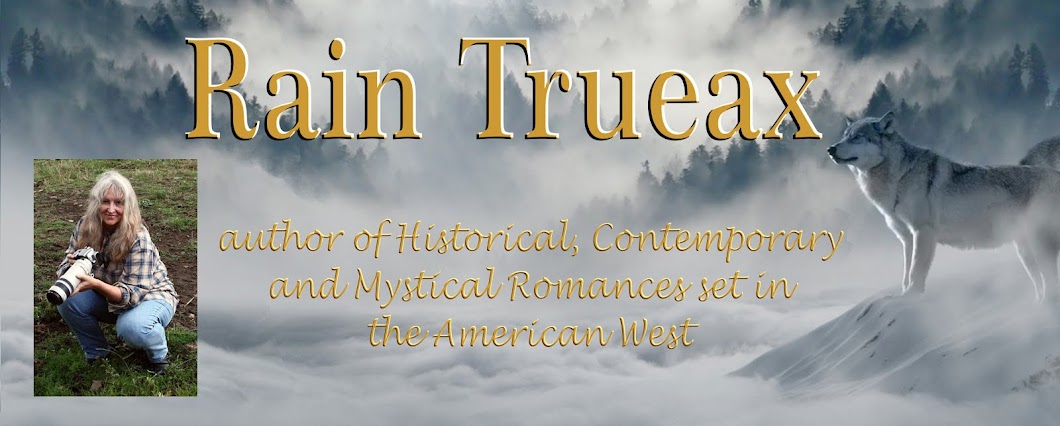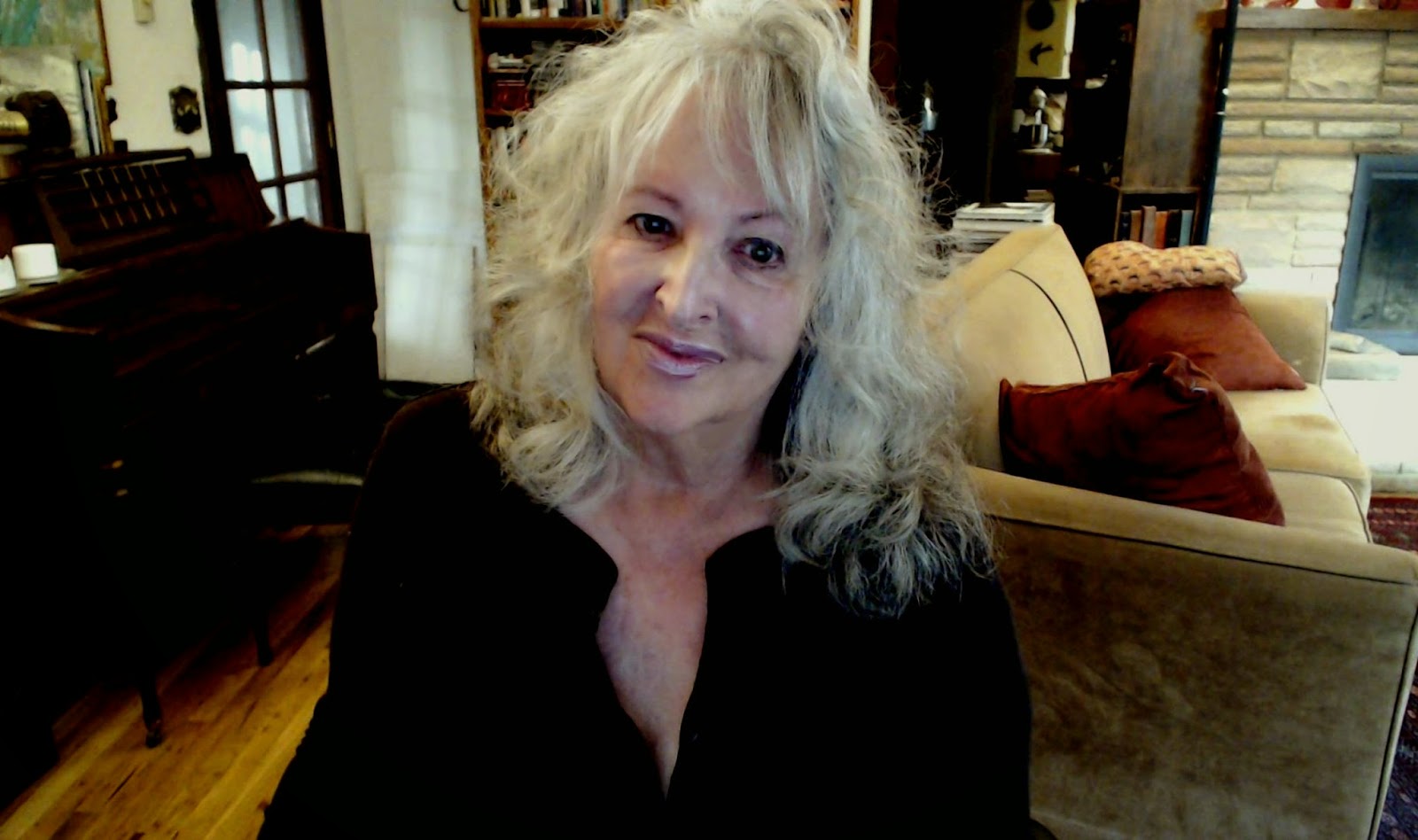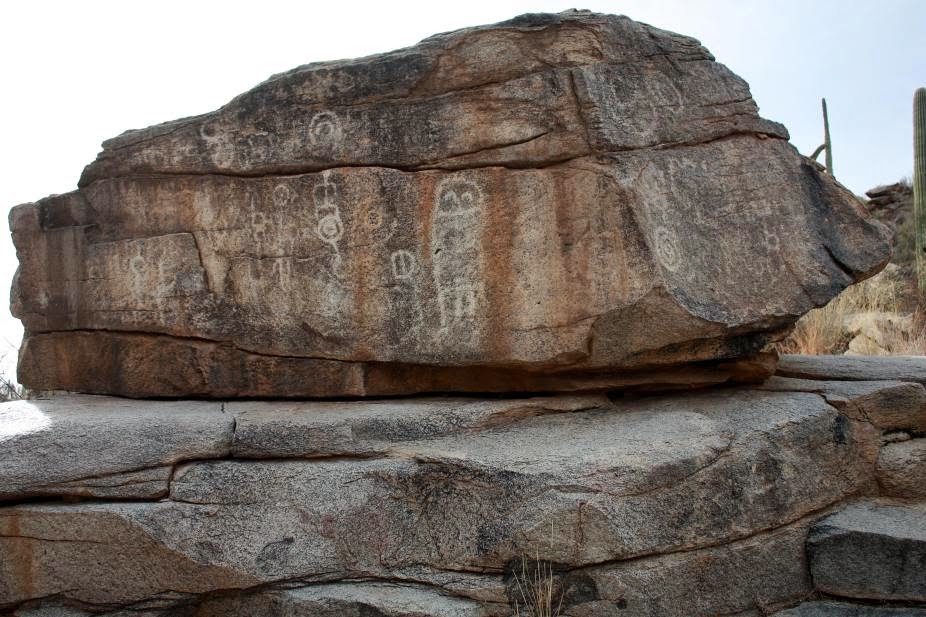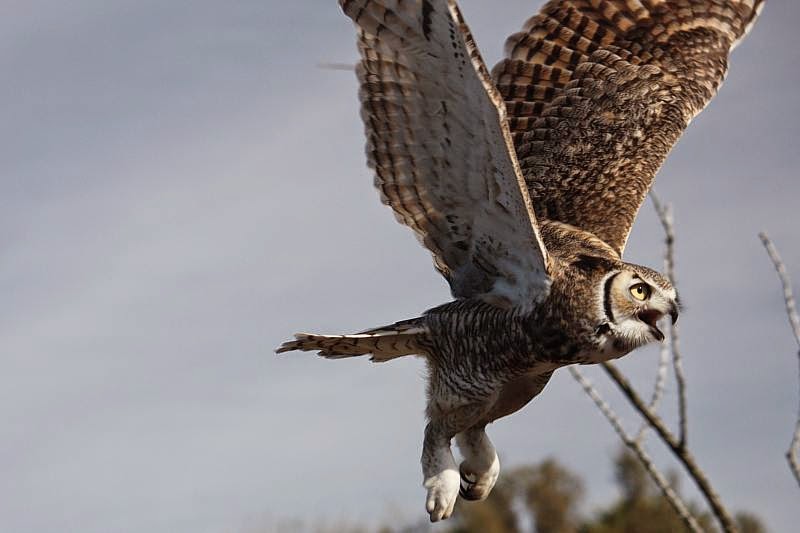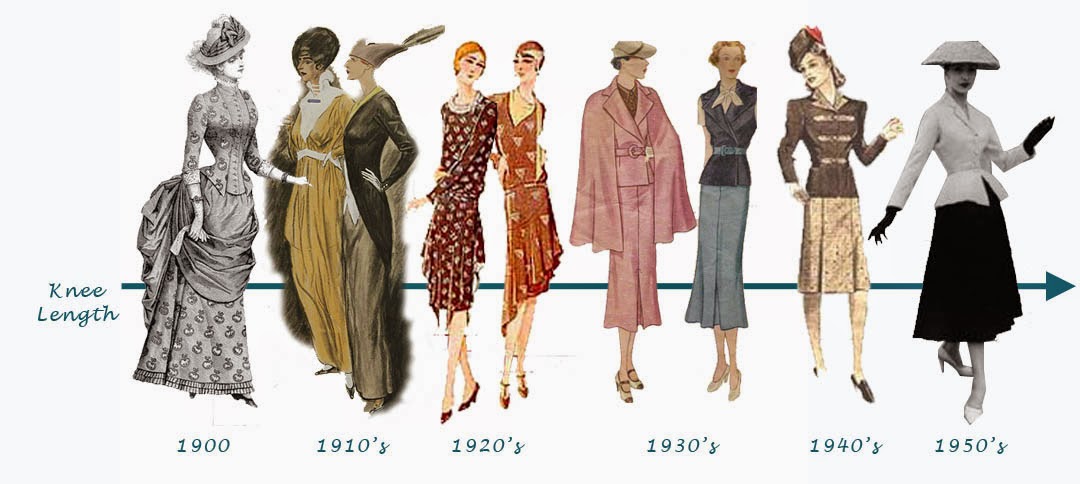Actually, I like New Year's Eve. This is not because I want to party or even stay up to see the new year come in. I like it because it feels like a new start. That is silly, of course, as a calendar doesn't give us a new start, but I like the feeling that it does. Who knows what 2015 will hold?
Personally, although 2014 was overall a good year for me personally, I am not at all sorry to see it come to an end. An election swung the direction of the country from what it had just voted to do in 2012. As a people, we are more divided than ever-- and I find myself often not agreeing with either political party. But you just have to let such things go. Why not do that December 31st.
For me some of the things I wanted in '14 happened. Some did not. I had some surprises-- some good, some definitely not. It made for an 'interesting' year. I am not remotely going to delve into what all happened. I am not into rehashing my personal experiences (they are in the past), unless I can learn from them or feel someone else can. I am much more interested in what comes next, which is why I like the last day of a year. I am thinking what I might want in this year, what I will need to do-- want it or not.
Where it comes to my writing, I have two new projects, which I am looking forward to getting back into. One of them (short story or novella), I began writing in Tucson but other things got in the way-- life has a tendency to do that. Now, back in Oregon, I am ready to finish that one and dig into research for the novel I also have in mind-- fourth Arizona historical.
For some time I have been debating bringing out the Oregon historical romances. There are four, which cover the time period from 1852 to 1868 and follow one family with four separate romances. These books were written over a pretty long span of my life from girlhood to the last one finished fall of 2014. I use the term finished loosely as the fourth will need more editing. Well, they all will get a last polish before they come out at least two months apart.
One of my big concerns in bringing out these books was thinking romance readers, in particular, would find the later books more interesting than the first one-- but I absolutely had to start with the first one. If that happened, they wouldn't bother with the next three. The Oregon Trail had a lot of information attached to the trip. There is no way to tell the story without the trek. For someone who wants romantic angst on every page, this won't be their book.
My story is not only that of the trip but also the maturing of an eighteen year old girl and her twenty-one year old best friend, who would like to be more. Although the characters are young, this covers some tough subjects and is not a young adult book.
Finding a cover image for this book or even a good photo for how I saw the hero, Matthew Kane, was a major reason why it hadn't already come out. If readers don't care about him, it won't work. Looks-wise, Matt is not only young but also blond. I needed a face that told of the pain in his background, the strength of his personality, and showed what enabled him to survive what he had and be stronger for it. Although I had looked at a LOT of images since I began bringing out books, I had never seen the right photo for him.
And then I came across the perfect guy. He had the sensitivity I needed as well as the toughness. His photos were in a site using pretty accurate period costuming. Although the image was a lot more costly than my usual purchase, it was essential if I wanted to intrigue readers enough to give this first book a try. Covers matter a lot to readers and me. They are part of being proud of what I put out.
This story is one I am more emotionally attached than any other, which has concerned me as to how I will feel if it is rejected. Matt and Amy were first created on walks with my cousin when I was in high school. She and I would take turns telling their story and bringing them to life. Finally she only wanted to hear what I saw happening to them. In the years I was having my babies, that led to typing the first rough draft.
The original title was Taopi Tawote but reluctantly I gave that up as probably being too confusing to readers. The words are Lakota for wound medicine, for the plant yarrow. It's still its title in my heart, the one I first typed into a Royal upright typewriter, and does appear in the book-- just no longer its title.
This story has gone through some adjustments and extensive work with a consulting writer at least twenty years ago. But I didn't submit it to a publishing house partly because it's way too long for most of them to even consider from a first-time writer (they won't read anything over 100,000 words if it doesn't come through an agent-- getting an agent was a whole other problem). I was unwilling to cut it down and lose the story I wanted; so it stayed just with me, dear to me, more than any other book I've ever written, but one I held back.
Anyway come February, not sure what date, maybe toward the end, Round the Bend will be available for eBooks and paperbacks with one of the two covers below. I hope I have figured out which one by then. Right now I am torn. Each says something different about aspects of the story.
The image in the background and the one behind Couple #1 is from the Ben Kern wagon train. I came across those images last year, emailed, and then called to get permission to use them someday. I had a delightful conversation with the guy who helped take people on these trips, those who want a small piece of what the pioneers experienced. The lightning is part of CanStock images that I purchased and finally the wagons in #2 came from the Baker City Oregon Trail museum-- well worth visiting if you have never been there.
Anyway that's a tiny part of what I have planned for 2015. There is a saying about that-- life is what happens when you are making plans. I hope you will have a happy new year with a lot of enjoyable plans of your own.
